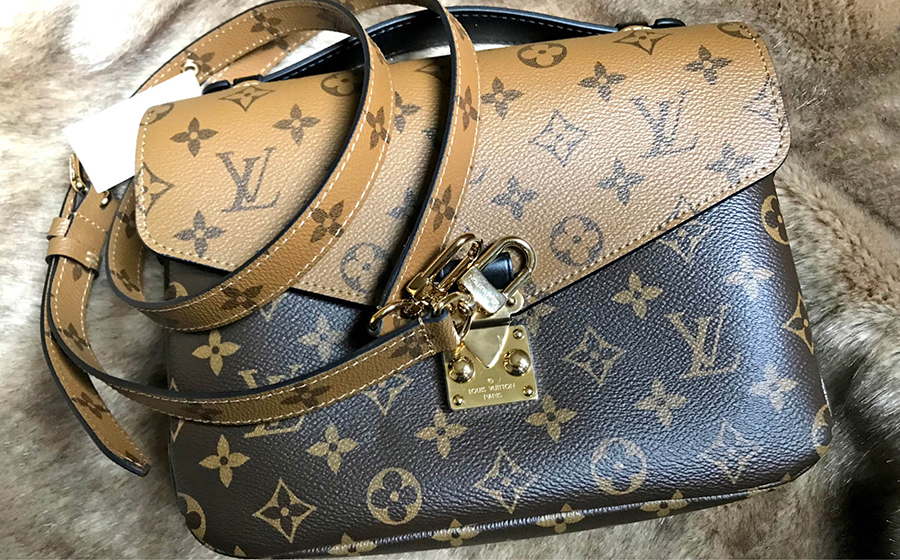I wrote Shopportunity! in 2006 as a plea to retailers and fashion brands to stop discounting the value of their wares. I pointed out the devastating erosion resulting from when all they did was shout out price and make up on volume on what they gave away on margin. I reported on consumers\’ irritation at coupons and discounts — and then more discounts. For example, the lure to sign up for a credit card with an attractive discount, and then reveal those Sunday circular coupons squirreled away under the cash-wrap for more discounts. All this just made conspiratorial cheaters of us all as we raced to the bottom together. I worried about the decline and fall in service and the typical associate\’s so-called professional explanations as to why one item was simply worth more than another. Margin hung on by a razor\’s edge. I bemoaned the fate of unsold inventory propelled to our landfills, as they filled up with fast fashion that was worn once and then tossed.
Bellwethers
Since 2006, I have collected data points that, when aggregated, give us a fairly bleak picture of how out of touch legacy retail has become. Here are a few of my favorites:
- Data Point: The Real Real makes waves by offering fair recompense for previously owned designer goods.
- Data Point: Rent-the-Runway makes fractional ownership a status symbol.
- Data Point: My then-14-year-old daughter asked me how to print out labels so she could sell some of her old clothes on Poshmark.
- Data Point: Le Tote, the clothing rental company, buys Lord & Taylor.
- Data Point: threadUP runs a powerful advertising campaign to support its position as America\’s Largest Online Thrift Store. (Hey Goodwill! Falling asleep at the switch?)
- Data Point: The New York Times recently did a feature on how to understand quality aspects of clothing. It itemized what to look for in buttonholes and seams in order to invest in items that will stand the test of time and command resale value, rather than be discarded with the more than 70 pounds of apparel each of us sends to the dustbin of fashion irrelevance each year.
Death Knells
And so, perhaps it\’s time to sit upon the ground in an empathetic circle and tell sad stories of the death of retail. There goes Forever 21, built from the ground-up to spew cheap wares cheaply. The malls, they are dying. The stores, they are closing. And remember, Le Tote bought Lord & Taylor. Concentrate on that for a moment. What could it mean? Fast fashion hangs on by, well, a thread. But rental wear thrives. Hmm.
We Trade in Cars, Don\’t We?
When luxury automotive wanted to make sure its new cars retained value by ensuring a powerful secondary market with previously owned iterations, it became axiomatic that this was a strategy that worked well for Lexus, Mercedes, BMW and Jaguar. Everyone else was left to their own used-car-salesman version of purgatory. But consider this. When used-car shoppers took back their power, they relied on CarFax to disintermediate the transaction. Then came Carvana and its used-car vending machines.
What we\’re seeing with apparel is the reverse of this process: We\’re starting with the disintermediated Poshmark and its cousins. Now, I wonder if it isn\’t time for department store and designer luxury retail to take back the previously owned mantra with their own goods.
Imagine, if you will, a retailer who invites you to buy the best quality, the coolest merchandise, with a guaranteed buy-back? Not a return and not actually a rental, but a price structure that says: Buy this supple, glove-leather bomber jacket you\’ve lusted after for a decade and we promise that when you tire of it, in one year, we\’ll buy it back for two-thirds the price and in three years for one-third the price. Plus that retailer converts a floor for resales.
There\’s that remembrance-of-retail-past balance sheet rush of initial sales at full price. So, an ability to have a professionally trained and knowledgeable staff taking the time to explain the reasons why this jacket or those pants or that Little Black Dress is worth the premium is table stakes. And it\’s actually a long-term investment. Truly. Legit.
Then, there\’s that bet that your customers will so love your goods that they won\’t sell them back to you. But if they do in a year or three, what if they\’re paid in store currency? And you have the cooler-than-cool jacket to sell at a discount to another shopper who has lusted after it.
By any measure, there\’s the traffic building aspect to this. The thredUP visuals may look cool; the infinite conveyor belt of great brands — albeit looking a little bit more like a dry cleaner\’s backroom than a shopper\’s extravaganza. But hey! Suddenly it\’s more fun to physically go into a store and try stuff on rather than get it, try it and box it up because it doesn\’t really fit.
Of course, retailers have to run the numbers to decide if they\’ll resell anyone\’s merchandise or just their own. Probably a good case can be made in either direction, though my bias is the more the merrier. Ideally, we want traffic and more coveted products to sell
But for a moment, imagine Louis Vuitton stores doing this. Think: the previously owned Mercedes model. This could discourage fast-fashion wannabes when you can own it yourself.
Having the real deal changes the closet syndrome of having this year\’s must-have hanging around in the closet blocking room for next year\’s must-have. With luxury reselling itself, you no longer need The Real Real to authenticate. Or Poshmark or eBay, plus billing and shipping and three-star reviews and your speed getting it to the post office. And if Louis Vuitton doesn\’t want to have a section devoted to buy-backs, well, then it can always ship the authenticated goods to The Real Real. Right?
If we all drank the same fashion retail Kool-Aid and promised to never contribute another pound to the landfill, wouldn\’t we have to do things differently? And wouldn\’t those things we\’re doing differently create a wholly different margin structure, balance sheet and, shazam, an exciting new retail experience?
The essential emotional promise of a great shopping experience is to feel \”lucky.\” For two generations, retailers and brands have addicted three new generations of consumers to the drug of price promotion in order to get that lucky feeling. Let\’s detox.




